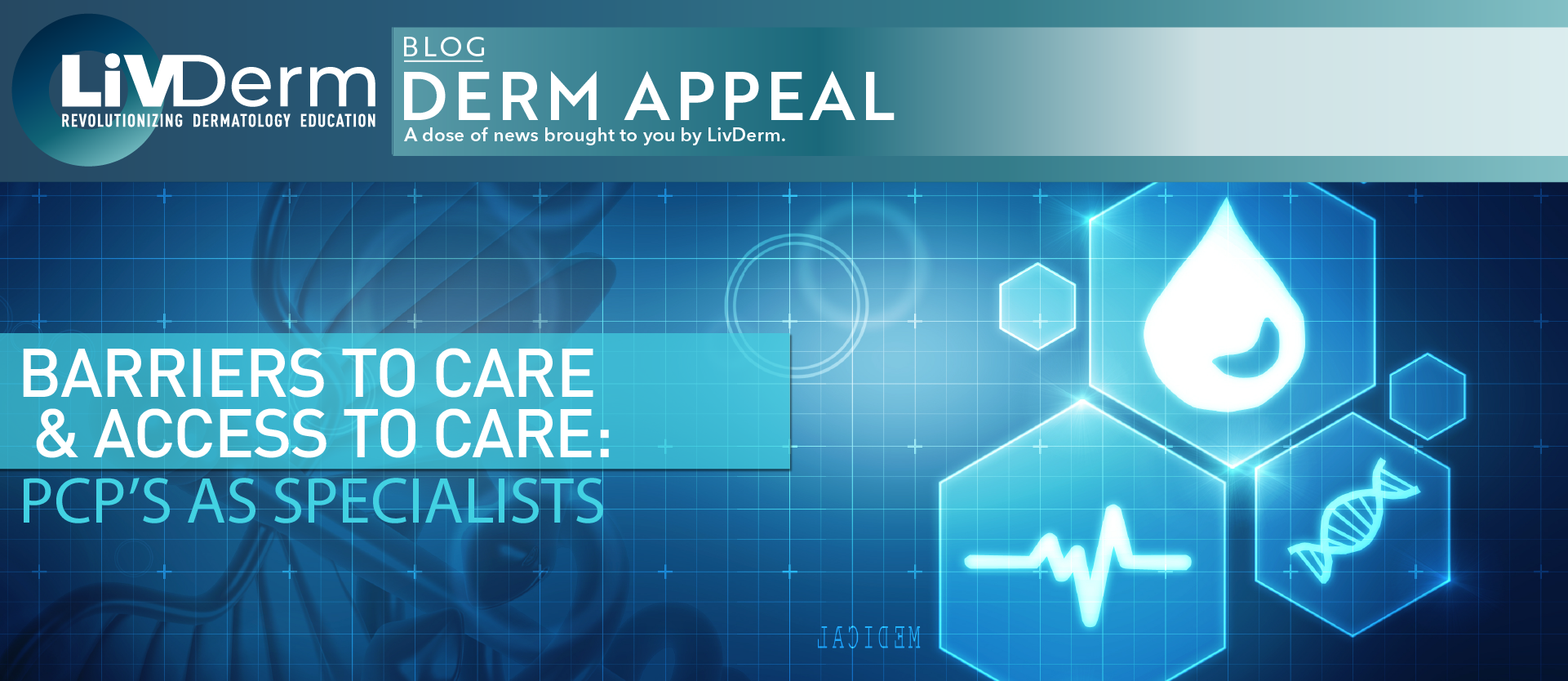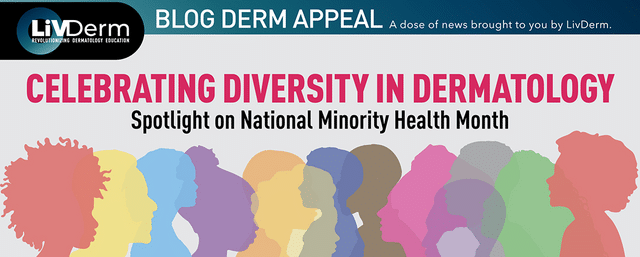Although the United States’ healthcare sector has developed tremendous innovations in medical treatments, vastly improving patient survival rates and health outcomes, the structure of healthcare delivery remains in need of improvement. As highlighted by the COVID-19 crisis and the prevailing racial, socioeconomic, gender disparities, the current system limits access to quality care and the latest technical advances. Further barriers to access that many patients face – such as geographical distance, high costs of co-pays and prescriptions, as well as a lack of education – contribute to an increasing number of patients seeking specialty care from their primary care physicians for a variety of health concerns, including dermatologic conditions.
One of the largest drivers of public health inequities, the lack of access to specialty care limits patients’ ability to obtain healthcare services for disease-specific treatment with many in low-income areas struggling to locate a specialist. In addition to a shortage of specialty physicians, significant differences in reimbursement rates detract specialists from accepting uninsured patients as well as those on Medicaid. For many individuals, accessing and adhering to specialty care proves to be a challenge, thus leading them to seek medical attention within the primary care setting.
Barriers to Specialty Care
Limited access to comprehensive medical services and specialty providers in rural and less affluent communities constitutes one of the greatest barriers to quality healthcare affecting minority population health. Per data from the National Rural Health Association (NRHA), rural regions have approximately 39.8 physicians per 100,000 people while urban neighborhoods have 53.3 physicians per 100,000. The proportion of specialists is even lower in these areas with only 30 specialists per 100,000 residents while in urban regions it is up to 263 specialized providers per 100,000 residents as they tend to gravitate toward larger patient populations.
In addition to accessibility concerns, socioeconomic status, race, and geographical factors remain as strong determinants of health outcomes; there is robust evidence that low-income patients, rural patients, and patients belonging to racial or ethnic minorities have higher mortality rates for cancers and other disease than their wealthy, urban-dwelling, white counterparts.
Delays in Care Delivery
Furthering population health disparities are differential reimbursement protocols and the additional administrative work associated with uninsured patients which often deter specialized providers from accepting them leading to significant delays in treatment and care. A 2013 study by the Ralph Lauren Cancer Center reported that patients with commercial insurance wait an average of 10 days for an oncologist appointment while Medicaid patients typically wait up to 53 days for the same appointment. This can be especially problematic in the case of life-threatening conditions which require timely care.
Further individual-specific factors contributing to barriers to care were revealed in a study of pediatric patients within community health centers in which incomplete referrals resulted in delayed or undelivered medical services. Of a total of 22.9% of families who had received an incomplete referral during the study, nearly half encountered 1 or more barriers to specialty care. According to the study’s results, some of the most frequent barriers were: difficulty leaving work, obtaining childcare, and obtaining transportation. Additionally, difficulty getting timely appointments and finding doctors’ offices as well as inconvenient office hours were associated with incomplete referrals of patients highlighting the structural factors impeding access to quality care.
The Future of Expanded Primary Care
An accumulation of disparities across the healthcare system has been made worse by gaps in medical education, broader trends of discrimination, as well as policy factors that disproportionately impact low-income and minority populations. Due to the lack of a full spectrum of resources and support to manage medical conditions ranging from skin diseases to chronic illness, many patients turn to their primary care providers. As specialty care historically treats illness as a singular problem without recognizing the powerful impact of social health determinants, the segmented approach to care delivery affects both access and adherence to treatment.
As such, the importance of dermatologic training and expertise for primary care physicians is being made even more evident. To help healthcare providers bridge gaps in dermatologic care while expanding patient access to specialty care, LivDerm presents the upcoming online conference, Deep Dive: Dermatology on the Frontlines, taking place on April 24, 2021.
















